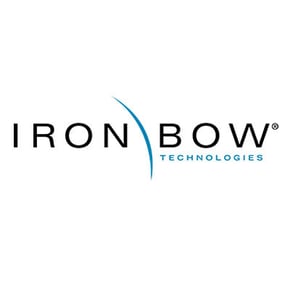The Army starting using its IT Enterprise Solutions contracts in 2003. At first, they were several small vehicles aimed at relatively narrow goals. More than a decade later, they have morphed into a set of major programs that provide the Army with most of its commercial-off-the-shelf (COTS) IT hardware and software services.
The two primary contracts—ITES-Enterprise Mission Support Services Solutions (ITES-EMS3) and ITES-Enterprise Hardware Solutions—were originally intended as key pieces in the Army Enterprise Infostructure Transformation program. This was aimed at reducing the cost of maintaining information and improving access to information and applications.
The total funding for what was then described as two modules of a single ITES contract was $800 million, with as many as five vendors on each module. The contract was slated to run for three years, with two one-year options.
Three years later, the Army had consolidated its transformational ideas with a focus on net-centric warfare and global communications. The Information Technology Enterprise Solution 2 Services (ITES-2S) contract had become a massive, nine-year $20 billion vehicle aimed at providing a full range of services and solutions to support the Army’s worldwide enterprise infrastructure goals.
The hardware side of ITES had grown as well. It had become the 10-year, $10 billion ITES-2H program intended for the purchase or lease of servers, desktop, notebooks, storage and other hardware systems. This would be the Army’s principal means of acquiring hardware technology.
Growing Apart
Over time, the two contracts developed separate identities. Instead of being complementary to each other, as intended by the original ITES-EMS3, they became standalone contracts in both intent and purpose.
ITES-2S became the go-to contract for Army program related services. These services included business process reengineering, information systems security, information assurance, IT services, network support, systems operations and maintenance, program management, enterprise design, integration and consolidation, and education and training.
Meanwhile, ITES-2H evolved to more directly address complete solutions. The services needed to integrate the hardware into an enterprise end-to-end solution became more important to purchases made from the contract. ITES-2H was the contract government users now relied on for product acquisition and deployment. This was more of a true infrastructure play from the desktop to the data center and for anything related to networking and communications.
The only way the two are likely to be used together now is if ITES-2S users request hardware as a part of a task order, in which case they’ll provide that from ITES-2H. It’s not a two-way street, however, as services needed to integrate ITES-2H hardware are often provided as a part of that contract, not requested separately with ITES-2S. In that way, if there’s any complementary relationship left, it’s ITES-2H that’s complementary to ITES-2S.
The recently awarded ITES-3H consolidates the intent of those contracts to service the broadest possible base, through a products solutions approach. The diversity of the government’s user base is such that this acquisition vehicle needs to stress “a well-rounded, total solution that uses standard interfaces that can be interconnected in unlimited configurations to satisfy multiple user requirements,” according to the ITES-3H state of work.
“The ITES-3H contract is intended to be a total solutions-based contract vehicle and include items that are for the fielding of a complete system, or as part of a total design solution for all equipment items provided on the contract,” is further states.
The RFP for the nine-year, $12 billion ITES-3S contract, whose focus is to swing more towards cloud computing and cyber security services, was issued in February 2016.


COMMENTS